Log in
Statistics
We have 474 registered usersThe newest registered user is bitaacademy
Our users have posted a total of 44655 messages in 6574 subjects
THAT’S ENTERTAINMENT
CLICK ON ANY OF THESE LINKS TO FIND OUR EXTREME ENTERTAINMENT
UPDATED :
71 WGT TUTORIALS & 32 YOUNG46 TUTORIALS
CLICK HERE TO SEE OVER 100 YOUTUBE VIDEO TUTORIALS . FROM WGTers , WGT & YOUNG46 FORUM UPDATE
TO THE MANY WELCOME GUESTS . THIS FORUM IS NO LONGER A COUNTRY CLUB WEBSITE FOR A WGT COUNTRY CLUB . PLEASE FEEL FREE TO READ THE FORUMS.
THERE ARE MANY TOPICS OF INTEREST . OR NOT . THIS WEBSITE IS AN INFORMATION AND ENTERTAINMENT WEBSITE ONLY .
MUCH OF THE CONTENT IS ARCHIVES OF PURPOSES PAST .
THERE ARE SOME MORE CURRENT TOPICS .
REGISTRATION IS NOT NECESSARY TO READ THROUGHOUT .
REGISTRATION IS EASY AND FREE . THIS IS AN AD FREE WEBSITE . NOTHING IS EVER REQUESTED FROM REGISTERED MEMBERS .
REGISTRATION ENABLES COMMENTING ON TOPICS . POSTING NEW TOPICS . FULL ACCESS TO THE WEBSITE IMAGE HOST . WHICH IS A VERY COMPLETE AND CONVENIENT TOOL .
PLEASE ENJOY .
TIER & AVERAGE REQUIREMENTS
BASIC LEVEL AND AVERAGE REQUIREMENTS , AND SATURATION

WHILE YOUR HERE
WHILE YOUR HERE :
CHECK OUT THE INCREDIBLE PHOTOGRAPHY IN
MY SERIES
THIS USED TO BE THE HOME OF OUR WORLD CLOCK . WHICH CAN NOW BE FOUND IN ITS OWN FORUM ON THE MAIN PAGE ..
THERE ARE MORE WORLD CLOCKS INSIDE HERE .
WORLD CLOCK
FB Like
HISTORY FACTS * The ad that changed advertising *
Page 1 of 1
 HISTORY FACTS * The ad that changed advertising *
HISTORY FACTS * The ad that changed advertising *
5 Facts About the Golden Age of Advertising

The 1960s and ’70s are considered a golden age in advertising, though the industry’s creative revolution arguably started in the 1950s, thanks in part to the rise of television unlocking new forms of storytelling. It was an era of bold ideas, increasingly large budgets, and even bigger personalities — a time when advertising was seen as a glamorous, if maybe unethical, profession populated by well-dressed men and women (but mostly men) profiting from the postwar consumer culture.
At the time, many of the nation's largest ad agencies were located on Madison Avenue in Manhattan, and the street came to be synonymous with American advertising and its unique methodology. Safire’s Political Dictionary, published in 1978, [url=https://books.google.com/books?id=c4UoX6-Sv1AC&pg=PA407&dq=What+are+"madison+avenue+techniques"?&hl=en&newbks=1&newbks_redir=0&sa=X&ved=2ahUKEwiniv2T28aCAxUsGFkFHS8tAiIQuwV6BAgHEAc#v=onepage&q="madison avenue]referred[/url] to “Madison Avenue techniques” as the “gimmicky, slick use of the communications media to play on emotions.” More recently, the culture surrounding this advertising boom has been portrayed in 2007’s acclaimed AMC series “Mad Men,” centered on the charismatic creative director Don Draper (played by Jon Hamm). Here are five fascinating facts about the golden age of advertising, and the real-life ad men and women of Madison Avenue.
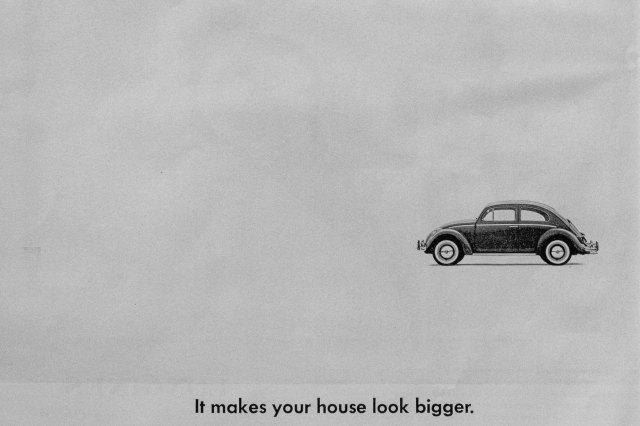
Photo credit: Patti McConville/ Alamy Stock Photo
A “Small” Ad Changed the Way Americans Looked at Cars
In the 1960s, advertising underwent a transformation that became known as the Creative Revolution, shifting the industry’s focus from research and science to an approach that was creative and emotionally driven. For better or worse, this era of advertising owes a lot to the Volkswagen Beetle, and the visionary ad man Bill Bernbach. In 1959, at a time when Americans were buying cars out of Detroit and vehicles were getting bigger and flashier, Bernbach’s agency, Doyle Dane Bernbach (DDB), was contracted to promote the German-made Volkswagen Beetle in the United States. The problem was, Volkswagen’s strong link to Nazi Germany made it a tough sell in the U.S. The challenge called for an unconventional approach. Rather than attempting to duplicate the busy, colorful advertising style of American-made cars, the creative team behind Volkswagen’s campaign went in the opposite direction. The first ad, “Think Small,” featured a small black-and-white image of a Volkswagen Beetle against a backdrop of white space. The now-iconic ad encouraged consumers to look at the car in a new light, from being able to “squeeze into a small parking spot” to having small insurance payments and small repair bills.Related:Revealing Facts About 5 Celebrated Painters
Advertisement
You may also like
- Revealing Facts About 5 Celebrated Painters
- 5 Facts About England’s Elizabethan Era
- Unforgettable Moments in Baseball History
Advertisement
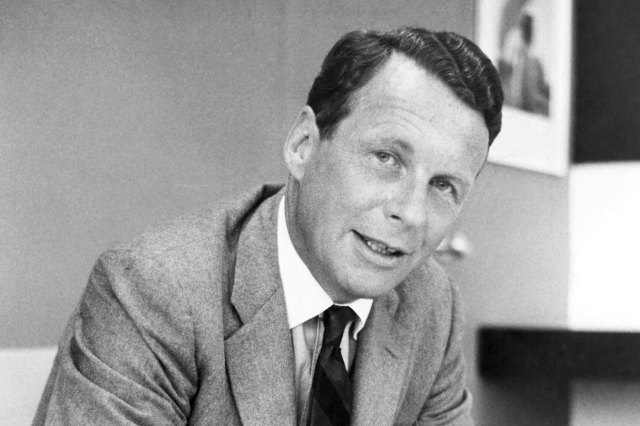
Photo credit: Everett Collection Inc/ Alamy Stock Photo
An Englishman Was the Wizard of Madison Avenue
The 1960s ushered in a new era of creativity in advertising, delivering advertisements that were brash and irreverent but also respectful of the consumer and entertaining to read. Ironically, one of the biggest players in American advertising was British ad man David Ogilvy, founder of the New York City-based advertising giant Ogilvy & Mather and known today as the “father of advertising.” Ogilvy believed in the importance of creating “story appeal” through the use of unique, unexpected elements or “hooks,” such as the eye patch worn by “The Man in the Hathaway Shirt” ads. “Every advertisement is part of the long-term investment in the personality of the brand,” Ogilvy said, and it was a philosophy that Madison Avenue took to heart. Ogilvy’s portfolio included the first national advertising campaign for Sears, the quirky Commander Whitehead ads promoting Schweppes Quinine Water, and the beautiful tourism ads that helped revitalize the image of Puerto Rico. In 1962, Ogilvy’s creative and innovative vision led TIME magazine to call him “The most sought-after wizard in today’s advertising industry.”Advertisement
Advertisement

Photo credit: tbralnina/ iStock
The Three-Martini Lunch May Be a Myth
The “three-martini lunch” — the typically all-male leisurely power lunches where ideas were sparked and deals were made over a few rounds of cocktails — is the stuff of legend today, and an iconic image of the culture surrounding Madison Avenue. And indeed, during the heydey of advertising’s golden age, drinking at lunch was not only acceptable, but expected. According to ad exec Jerry Della Femina, “The bartender would be shaking the martinis as we walked in.” It was accepted that drinking fueled the creative process; David Ogilvy’s advice for tapping into the creativity of the unconscious included “going for a long walk, or taking a hot bath, or drinking half a pint of claret.” Regardless of whether the real ad exes of Madison Avenue were regularly imbibing as much alcohol as Don Draper and his pals on “Mad Men,” there’s one indisputable fact about the so-called three-martini lunch: It was a deductible business expense that symbolized success as much as excess.Related:Revealing Facts About 5 Celebrated Painters
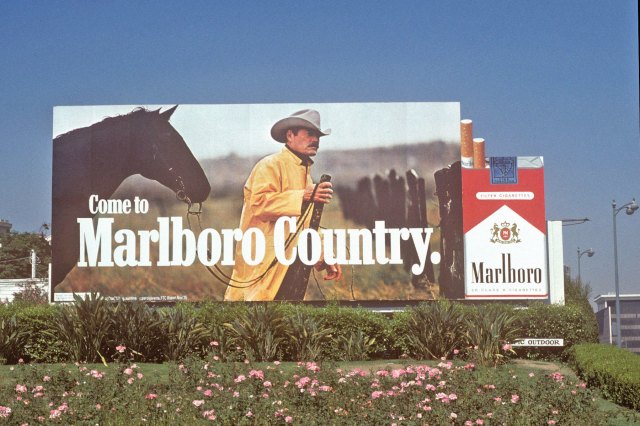
Photo credit: RLFE Pix/ Alamy Stock Photo
Real Cowboys Were Used to Sell Cigarettes
The Leo Burnett Company was one of the few major advertising agencies not based in Manhattan, but the Chicago agency was responsible for a number of well-known campaigns, including the Pillsbury Doughboy, Tony the Tiger, and one of the most successful campaigns in advertising history, the Marlboro Man. Smokers and non-smokers alike know the iconic cowboy character, who was developed by Burnett in the mid-1950s to rebrand the “mild” feminine cigarette. The ads were a hit and, in the mid-1960s, the team at Burnett went even further in promoting the brand by using real cowboys on a Texas ranch. When tobacco advertising was banned from television and radio in the early 1970s, the Marlboro cowboys still found success in print, making Marlboro the top-selling brand worldwide in 1972.Advertisement
Advertisement
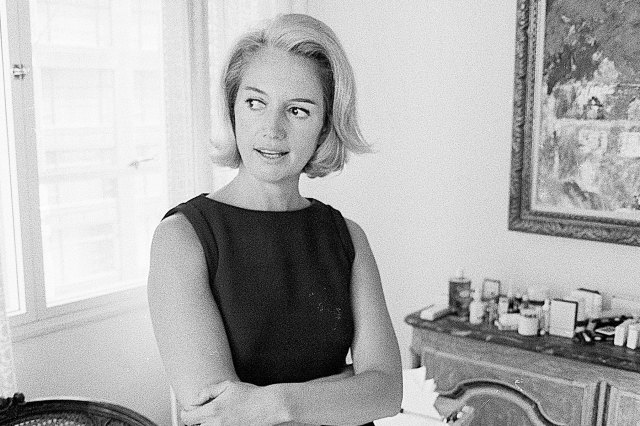
Photo credit: [url=https://www.gettyimages.com/search/photographer?photographer=Ben Martin]Ben Martin[/url]/ Archive Photos via Getty Images
The ’60s Saw the First Female CEO of a Major Ad Agency
Throughout the 1950s and ’60s, college-educated women recruited to work on Madison Avenue were more likely to be found sitting behind a typewriter than in the boardroom. In a booklet published in 1963 by the J. Walter Thompson agency (JWT), young women were encouraged to hone their typing and shorthand skills so they could become the “right hand to a busy executive” or “secretary to one of the senior analysts.” But in 1966, Mary Wells Lawrence, the founding president of Wells Rich Greene, became the first woman to found, own, and run a major advertising agency. Two years later, she became the first woman CEO of a company listed on the New York Stock Exchange. Some of her agency’s most notable campaigns include Alka-Seltzer’s “Plop, Plop, Fizz, Fizz,” Ford’s “Quality Is Job One,” and the “I New York” tourism campaign.
New York” tourism campaign. Similar topics
Similar topics» HISTORY FACTS * 7 Ways the Year 1968 Changed America *
» HISTORY FACTS * History's most famous pets *
» HISTORY FACTS *How long was history's shortest war? *
» HISTORY FACTS * The best history movies from 2023 *
» HISTORY FACTS * The loudest sound in history *
» HISTORY FACTS * History's most famous pets *
» HISTORY FACTS *How long was history's shortest war? *
» HISTORY FACTS * The best history movies from 2023 *
» HISTORY FACTS * The loudest sound in history *
Page 1 of 1
Permissions in this forum:
You cannot reply to topics in this forum
 Events
Events











































































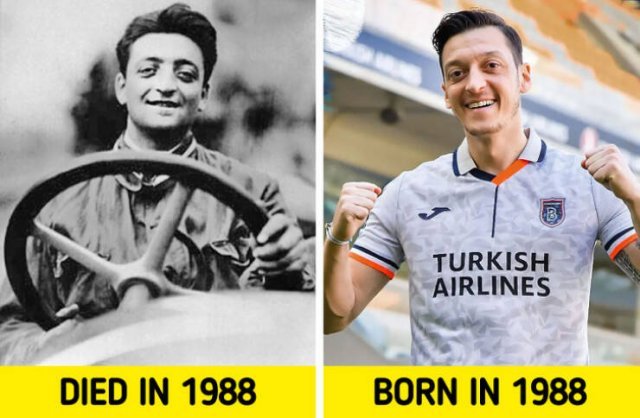



» THE FUCK THREAD
» GET OUT THE MAP...3
» BEFORE & AFTER...2
» YES,.....BUT...2
» *POPULAR CONTENTS* Valley of the SUN Official Newsletter
» WORD DAILY Word of the Day: * Dada *
» Word Genius Word of the day * recherché *
» QUIZ TREAT QUIZ * What candy bar is famously called "the great American chocolate bar"? *
» QUIZ TREAT ANSWER PAGE
» APRIL NATIONAL CELEBRATION DAYS APRIL 30 2024
» NEW GUEST COUNTER
» APRIL NATIONAL CELEBRATION DAYS APRIL 29 2024
» HISTORY FACTS * Why don't we drink these anymore? *
» AWESOME SPORTS GIF's...7